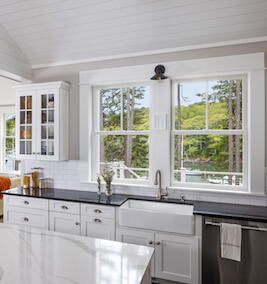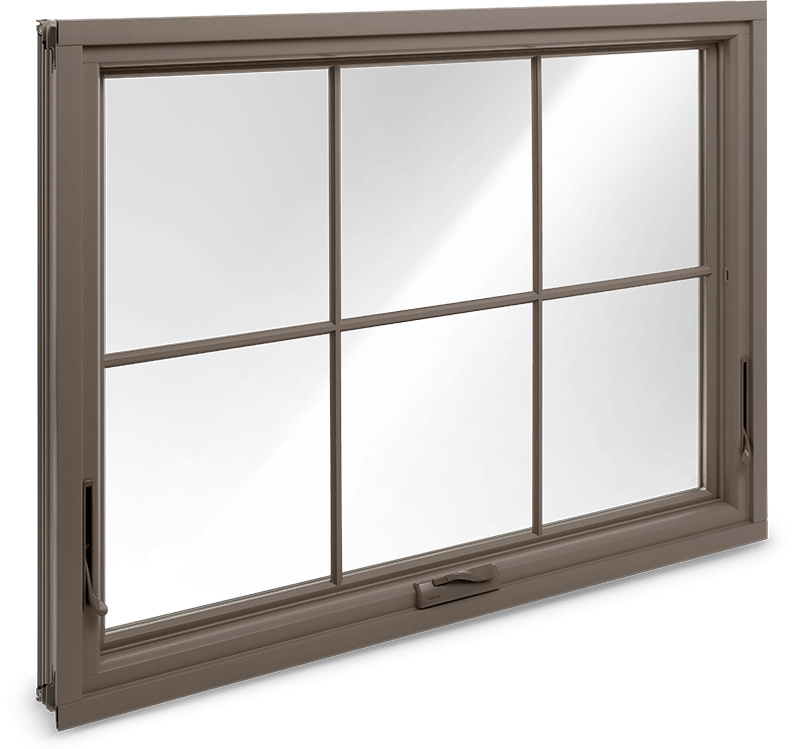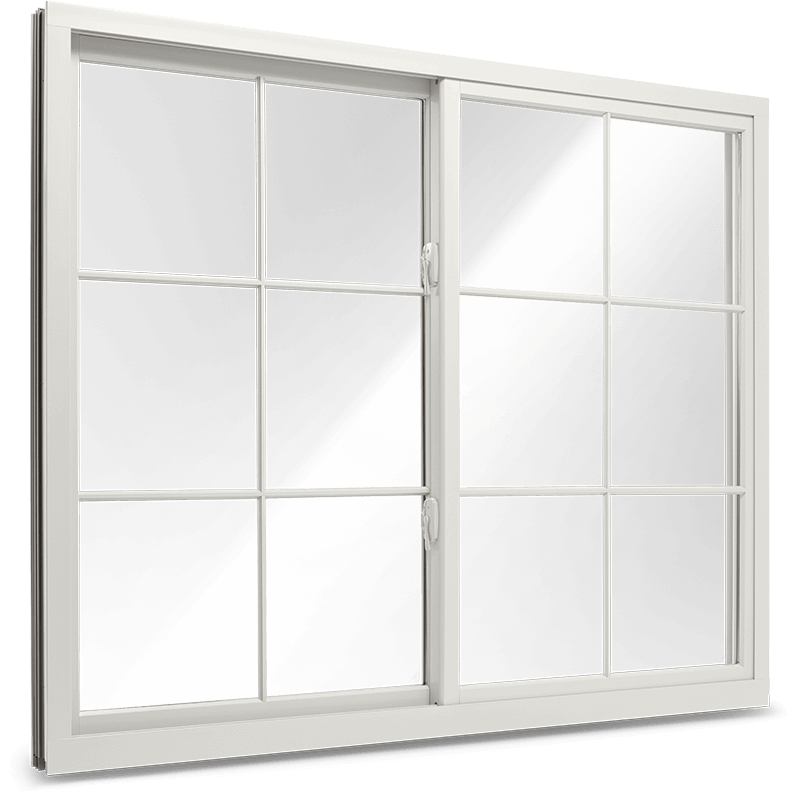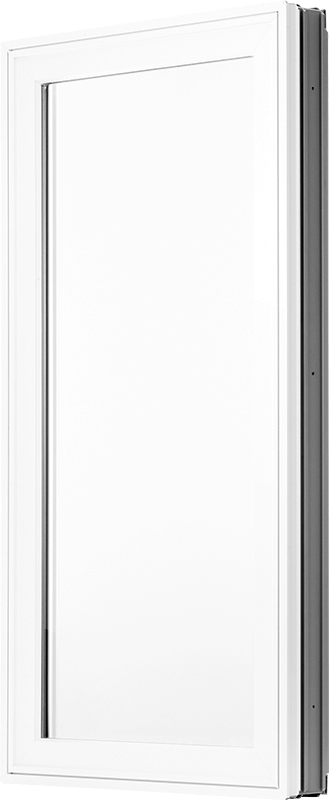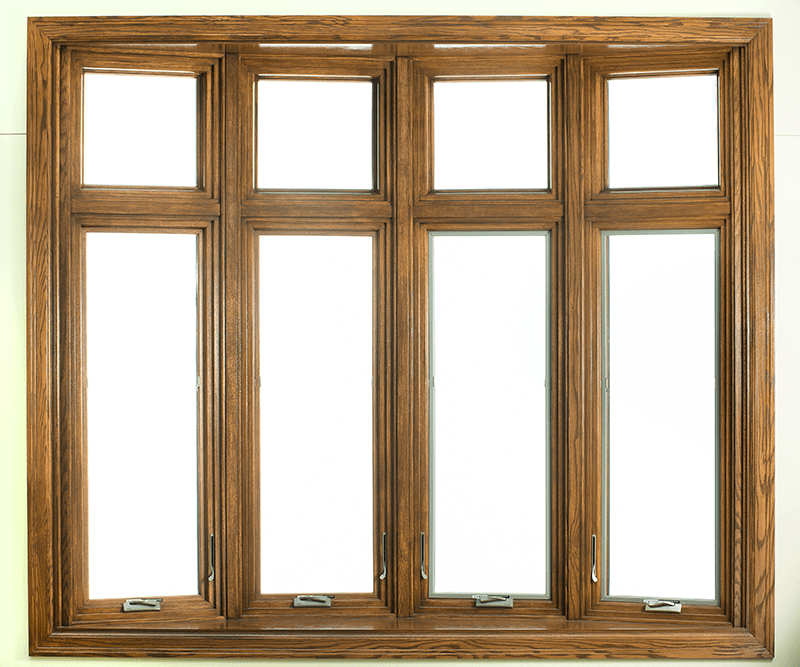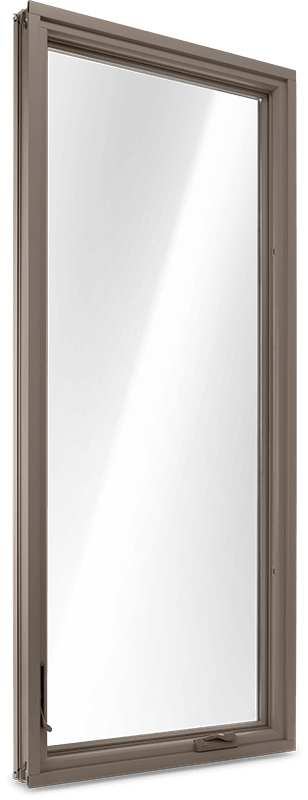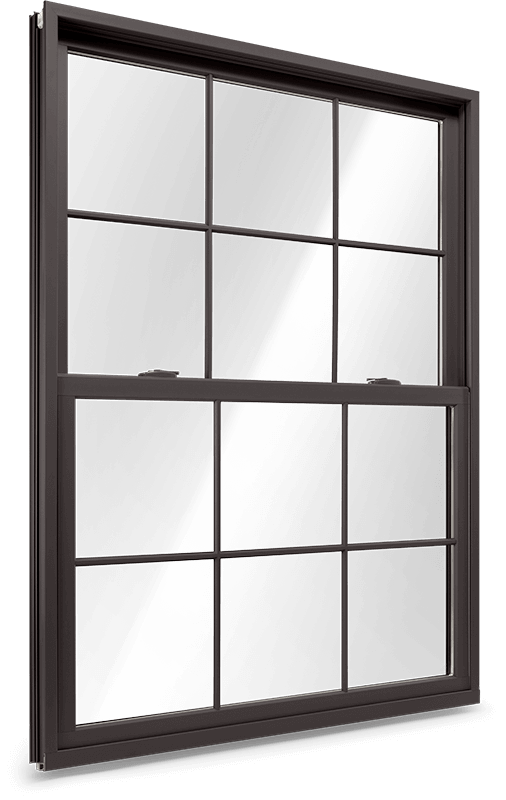Monday 8am to 10:30pm
Tuesday 8am to 10:30pm
Wednesday 8am to 10:30pm
Thursday 8am to 10:30pm
Friday 8am to 10:30pm
Saturday 8am to 10:30pm
Sunday 8am to 10:30pm
Replacement Windows in Hurricane, UT
Renewal by Andersen has windows to fit every space in your home. We offer egress windows, casement windows, sliding windows and more in the Hurricane area.Why Renewal by Andersen® Windows?
Built For Hurricane
We pride ourselves on designing energy-efficient windows built for Hurricane. Our Fibrex(r) material is twice as strong as vinyl windows and keeps your home at exactly the right temperature. When it rains, our windows keep your home safe and dry. Overall, our strong, long-lasting windows are designed with Hurricane homeowners in mind.Built for Savings
Hurricane homeowners spend an average of $917 a year on their energy bills. At Renewal by Andersen, we're looking to lower that cost. Our energy-efficient windows help you save money by making it easier to cool and heat your home. Our low-maintenance windows will also save you time and money on repairs, as they're warranted not to flake, rust, blister, peel, crack, pit or corrode.Built to Last
Our Fibrex(r) material is durable and weathertight, so it stands up to all kinds of temperatures in Hurricane. Renewal by Andersen(r) windows are proven to stand the test of time and are backed by the Nation's Best Warranty Coverage. Among top-selling window companies, ours is the only warranty that meets all of the following criteria: coverage for exterior color, insect screens, and hardware, geographically unrestricted, labor coverage, no maintenance requirement, easy to understand terms, installation coverage and unrestricted transferability.Signature Service
Great windows are only as good as their installer, so we're proud to offer our Renewal by Andersen Signature Service. Our expert installers prioritize knowing and understanding the needs of Hurricane homeowners, so that we can install your custom windows the right way. Not only does our team measure, manufacture and install our products - we'll also take the time to walk you through how to use all the features of your new windows and answer any questions you may have. Our process is thorough and aims to meet all of your needs.Our design consultants provide in-home or no-contact virtual meetings to listen to your design needs and provide a plan to improve your home.
Project Technicians ensure accuracy and answer any last minute questions before sending in the order for your fully customized windows.
Our Installers treat your home as if it were their own and clean up afterwards.
A robust limited warranty is backed by a commitment to making sure your windows function as expected.
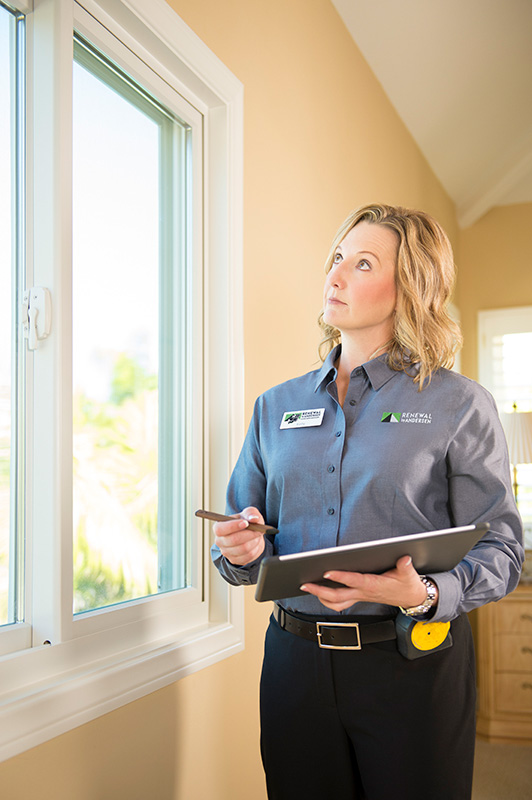
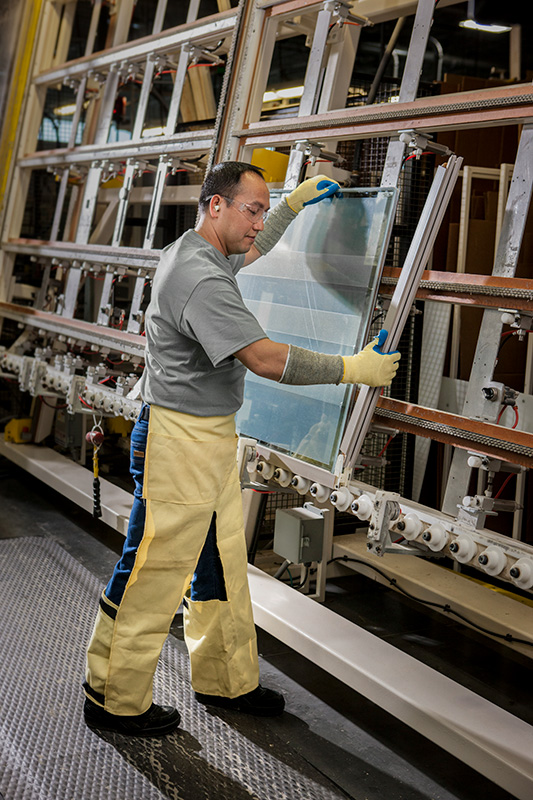
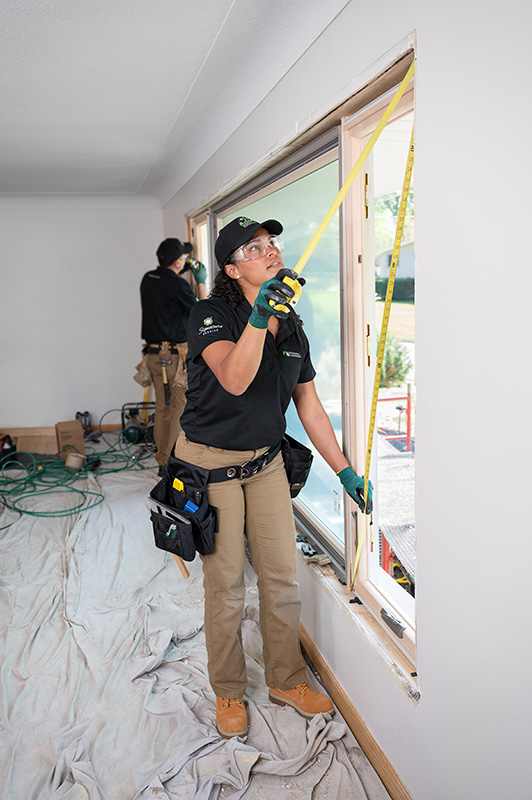
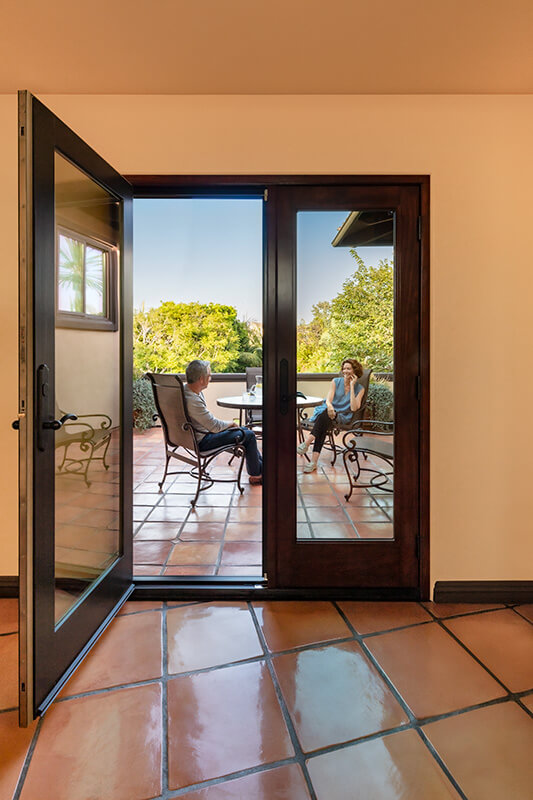
Renewal by Andersen Fibrex Window Frames vs. Vinyl
Renewal by Andersen's Fibrex® material: the perfect blend of wood's strength and vinyl's low maintenance. No cracks from freeze/thaw cycles, vibrant colors that won't fade, narrower frames for a better view, energy-efficient and eco-friendly, and windows that won't bow or warp.
- Vibrant and durable windows for years. Enjoy unobstructed views. Sustainable and energy-efficient. Shape-retaining performance. Experience the revolutionary Fibrex® material today.
- Enjoy expansive views with Fibrex®. Narrow frames maximize glass area, bringing the beauty of the outdoors into your home. Experience unobstructed natural light without sacrificing strength.
- Choose sustainability with Fibrex®. Beyond strength and durability, it's eco-friendly. Crafted from reclaimed wood and polymers, it cuts energy costs, enhances efficiency, and reduces VOC emissions. Embrace a greener lifestyle with Fibrex®.
- Peace of mind guaranteed. Our Fibrex® windows retain their shape, resisting bowing, bending, or warping over time. Enjoy long-lasting performance and experience the difference of our revolutionary Fibrex® material. Your home deserves it.
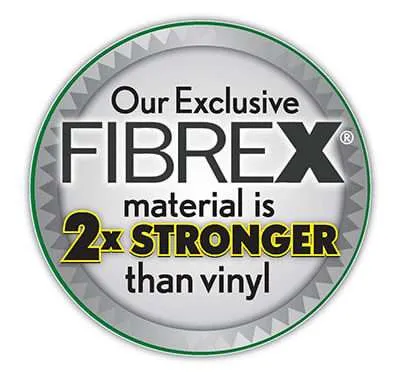
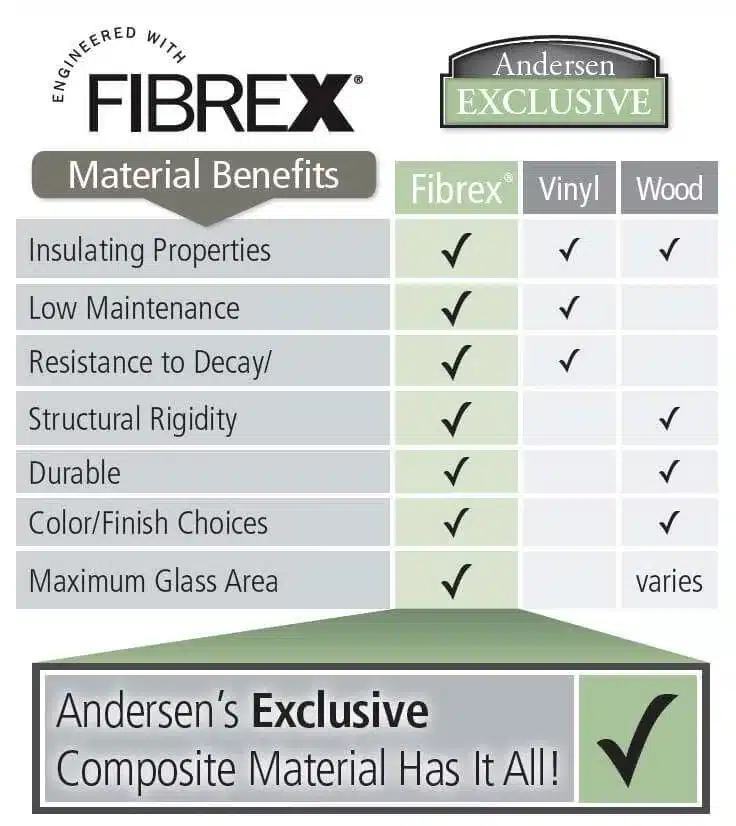
Improve Your Home's Energy Efficiency
Renewal by Andersen replacement windows and patio doors are eco-friendly and cost-effective. Our energy-efficient solutions keep you comfortable year-round, reducing heating and cooling expenses.
- Energy-efficient dual-pane window glasses for year-round comfort.
- Renewal by Andersen windows cut summer energy costs by 74%.
- Revolutionary Fibrex® material frames with 40% reclaimed wood fiber.
- Enhance insulation with our energy-efficient ProVia front doors!

